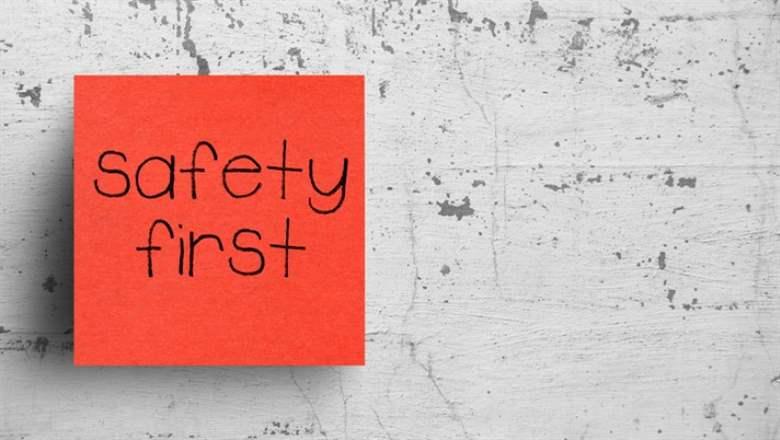Allegra Tasaki
Allegra Tasaki is marketing director at the Education Market Association in Silver Spring, Maryland.
- Email /
- Collaborate /

COVID-19 remains a part of our lives, but vaccination and other new treatments have welcomed a return to events with health and safety protocols in place. Properly communicating about event safety can inform attendees, reduce negative feedback, and keep staff on the same page.
If recent gatherings are any indication of future trends, events are alive and kicking. As event organizers begin planning for 2022 and pandemic mitigations continue as new variants come into play, messaging about events is taking an even greater role. Communication can allay attendee fears about the event and get ahead of their concerns over COVID-19 policies, such as vaccine mandates.
What’s being shared is just as important as how it’s delivered: People want to know organizers have onsite safety protocols in place without having anxiety-inducing reminders of the pandemic serving as the face of the event. Message, tone, and branding will shape effective promotion and affect attendance and exhibits. While it is important to feature policies and guidelines, safety messages should be balanced and not necessarily be the focus of every communication.
Surveys and focus groups can provide useful information to better understand what matters most to your members. Not only does this feedback facilitate consistent tone and messaging across multiple channels, but it also maintains a unified customer experience and communicates clarity and reliability.
In years past, leadership defining event policies felt proforma, but in a post-pandemic environment, that’s not the case. Leverage your communications team during the early part of the planning process to promote consistent message development and channel management, along with enhanced attendee and exhibitor experiences.
Bring constituents along the journey of virus policy development and guidance. Printed items such as publications, invoices, or programs should note that this is an evolving situation.
A thoughtful communications strategy and implementation can help organizers effectively answer sensitive questions from attendees. Issues that attendees often want addressed—and which the association may want to develop talking points on—include:
In the past couple of months, ASAE Collaborate communities had several vigorous discussions about these issues, which further highlights the need to address them during the planning process.
The following five strategies emerged for crafting messages and delivering event safety messages:
Discuss policy parameters and develop an organizational response and escalation process for all team members to employ. Since each state has their own policies about mask mandates and proof of vaccine and sharing negative test results requirements/requests, meeting and conference staff need specifics: bullet points to address guests and attendees who aren’t following the published policies (and their concerns), and a specific escalation process when potential situations aren’t easily facilitated during badge pick up and session attendance.
Work with member focus groups to ensure optimal messaging. Content is important, and a collective approach can help craft more effective, inclusive approaches.
Leverage volunteer leaders or an influencer with celebrity/credibility status to serve as an event spokesperson for message delivery.
The more channels, the merrier. Use text messages, email, social, and your event website to push messages developed for communicating policies, safety measures, and mechanisms for constituents to reach organizers with concerns. Consider a couple of scheduled robo-calls from leadership to back these efforts.
Ask for patience, and keep in mind that transparency is key. Bring constituents along the journey of virus policy development and guidance. Printed items such as publications, invoices, or programs should note that this is an evolving situation, directing audiences to websites with the most current information.
Here are some simple ways to use association communication channels to inform and update attendees about events.
Accomplishing a balance between appropriate and transparent informational updates about in-person events, while maintaining a tone of reasonable optimism and confidence, will continue to be a challenge for event organizers. However, with early involvement of your communications team in the planning process, it is achievable.